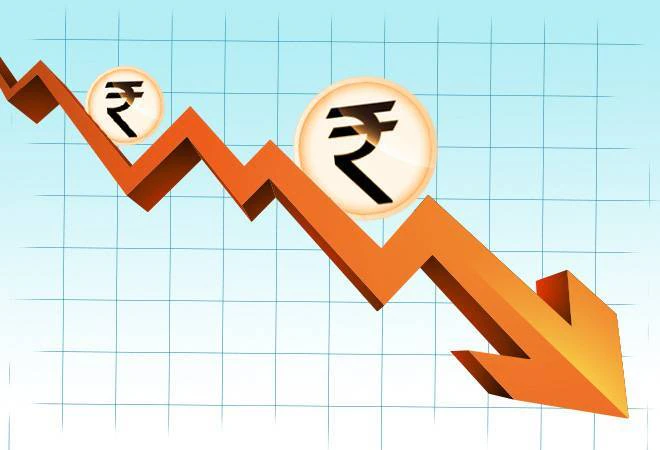USA Federal Rate Change
Context:
Recently,the head of the US central bank said that the time has come for monetary policy to adjust, setting the stage for interest rate cuts in the near future.
Global impact of US Federal rate change:
- Increased Borrowing Costs
-
- Global Impact: Higher U.S. rates elevate global borrowing costs, affecting other countries and especially emerging markets. This can deter investment and raise debt servicing costs.
- Strengthening of the U.S. Dollar
-
- Currency Valuation: A stronger U.S. dollar makes dollar-denominated debt more expensive for other countries, raising the risk of debt distress.
- Economic Slowdown
-
- Reduced Spending: Increased borrowing costs can lower consumer and business spending, slowing global economic growth and impacting export-dependent economies.
- Stock Market Volatility
-
- Market Reactions: Higher U.S. rates can cause global stock market volatility, leading to declines in equity markets and affecting investor sentiment.
- Debt Distress in Emerging Markets
-
- Default Risk: Rising costs and a stronger dollar heighten default risks for emerging economies with high debt, as seen in Sri Lanka and Ghana.
- Global Trade Dynamics
-
- Trade Imbalances: A stronger dollar can reduce U.S. exports and make imports cheaper, potentially disrupting trade balances and impacting economies reliant on U.S. demand.
Relationship Between Fed Interest Rates and Bond Yields
Impact of U.S. Interest Rate hike on India:
- Capital Flows and Investment
- Attraction to U.S. Assets: Higher U.S. interest rates increase the attractiveness of U.S. dollar-denominated assets, potentially causing capital outflows from India and slowing economic growth due to reduced foreign investment.
- Impact on FDI:
-
-
- Cost of Capital:Higher interest rates in the U.S. increase the cost of borrowing for companies. This can lead to a reduction in new FDI projects as the financial viability of these investments decreases.
- Global Liquidity:Rising U.S. interest rates can tighten global liquidity, making it more expensive for investors to borrow money. This can particularly affect capital-intensive sectors in India that rely heavily on FDI. The tightening of liquidity may discourage foreign investors from committing to new projects in India
-
-
- Impact on FPI:
- Capital Flows:Attraction to the U.S. Assets-Higher U.S. interest rates make U.S. assets more attractive, leading to capital outflows from emerging markets like India. Investors shift towards U.S. securities for better returns, reducing Foreign Portfolio Investment (FPI) inflows into India.
- Market Volatility:Increased Volatility- Reduced demand for Indian equities due to capital flight can lead to higher stock market volatility. Lower stock prices and market instability may result from the withdrawal of foreign investments.
- Impact on FPI:
- Currency Valuation
- Depreciation of the Rupee: A stronger U.S. dollar can lead to the depreciation of the Indian rupee, making imports more expensive and driving up inflation.
- Current Account Deficit (CAD): A weaker rupee exacerbates the CAD by increasing import costs relative to exports.
- Inflationary Pressures
- Imported Inflation: A depreciating rupee and stronger dollar raise costs for imported goods, contributing to overall inflation and potentially prompting the Reserve Bank of India (RBI) to adjust monetary policy.
- Domestic Borrowing Costs: RBI rate hikes in response to U.S. rates could increase domestic borrowing costs, deterring investment and consumer spending.
- Stock Market Volatility
- Investor Sentiment: Higher U.S. rates may reduce demand for riskier assets like equities in emerging markets, causing stock market volatility and decreased valuations in India as foreign institutional investors withdraw.
- Policy Responses by the RBI
- Interest Rate Adjustments: The RBI may raise interest rates to maintain an attractive interest rate differential and stabilise the rupee.
- Liquidity Management: The RBI could implement liquidity measures to manage inflationary pressures from a weaker rupee and rising import costs.
|
Relationship between inflation, central bank interest rate, GDP growth rate, and unemployment rate:
|


